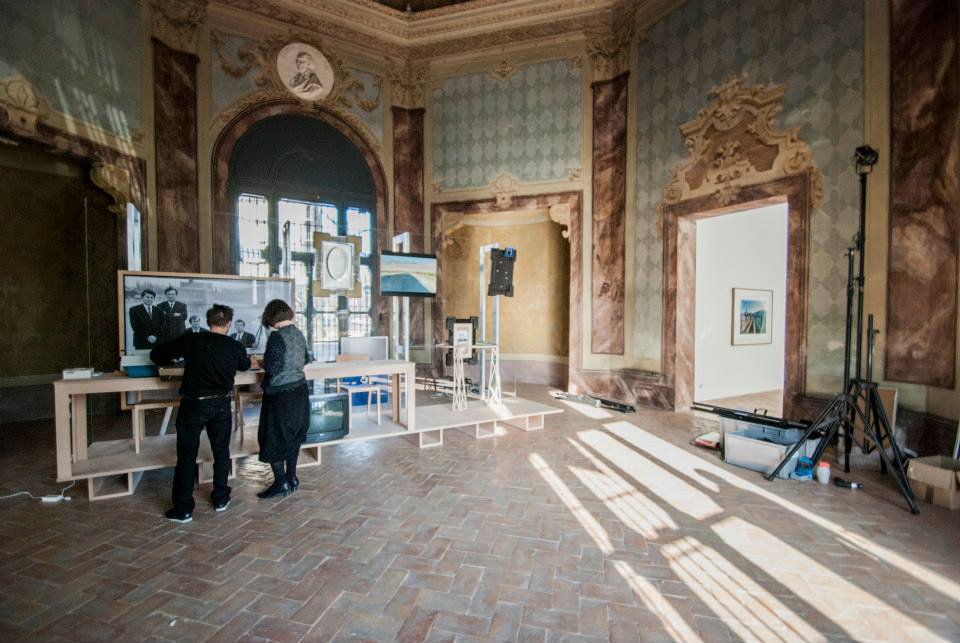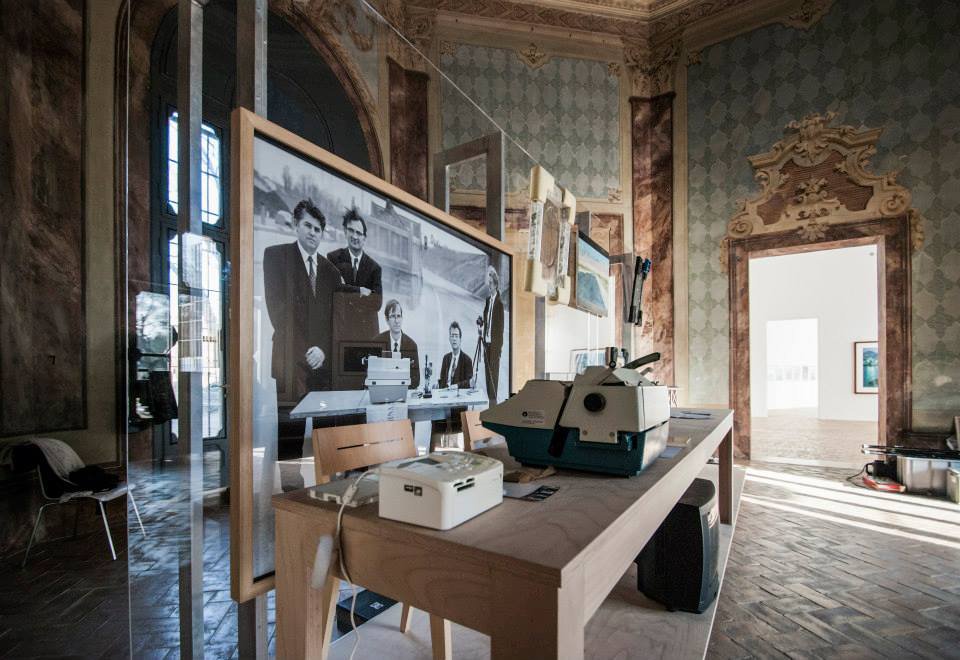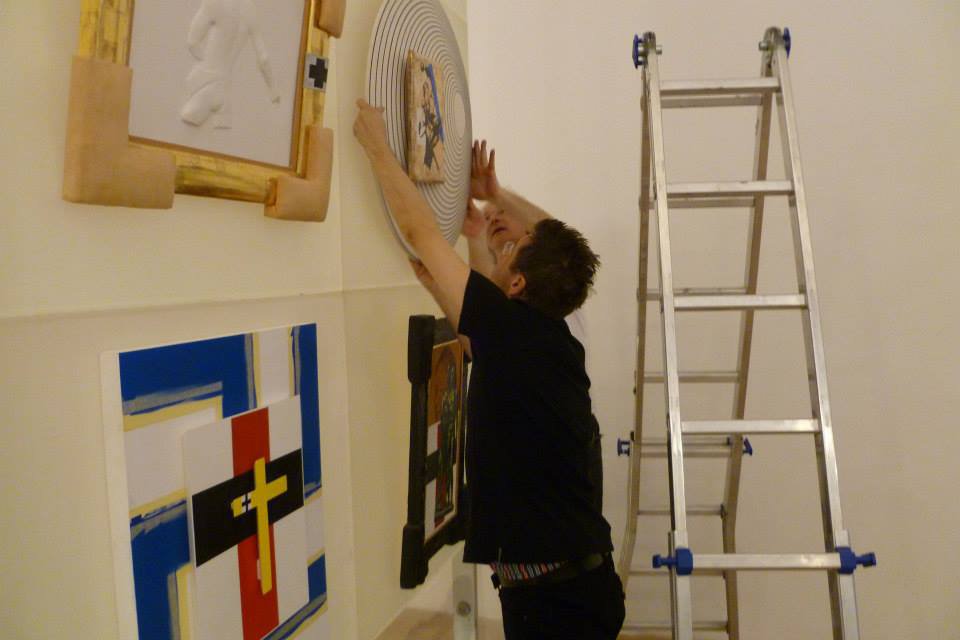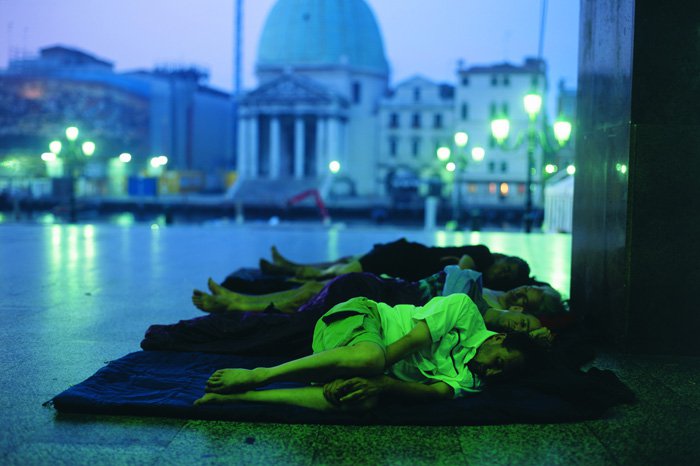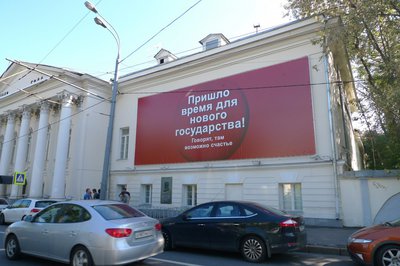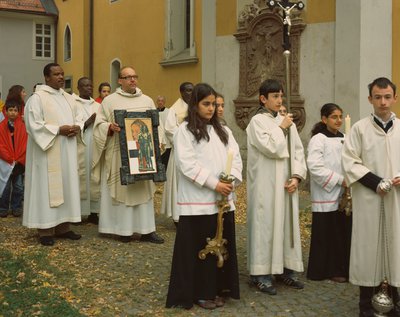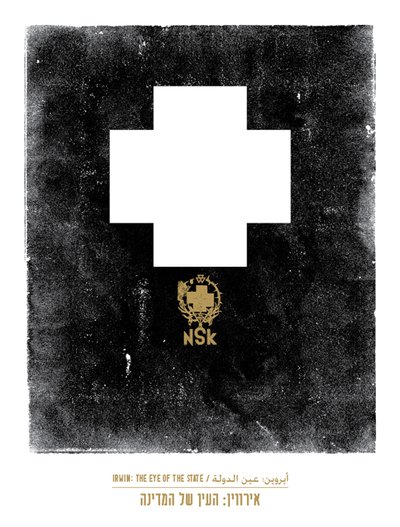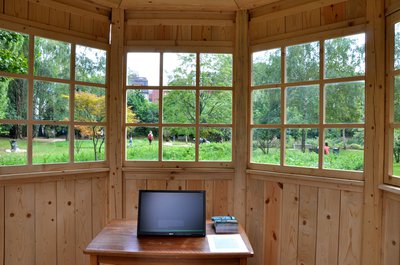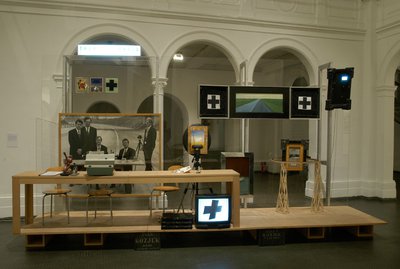The exhibition Dreams and Conflicts dedicate to the Slovenian group IRWIN, curated by Julia Draganović and Claudia Löffelholz of LaRete Art Projects, promoted and organised by the Galleria civica di Modena and the Fondazione Cassa di Risparmio di Modena features a selection of works resulting from the close collaboration projects staged over the years by the collective with some of the most prominent artists from the international contemporary scene, such as Marina Abramović, Joseph Beuys and many others.
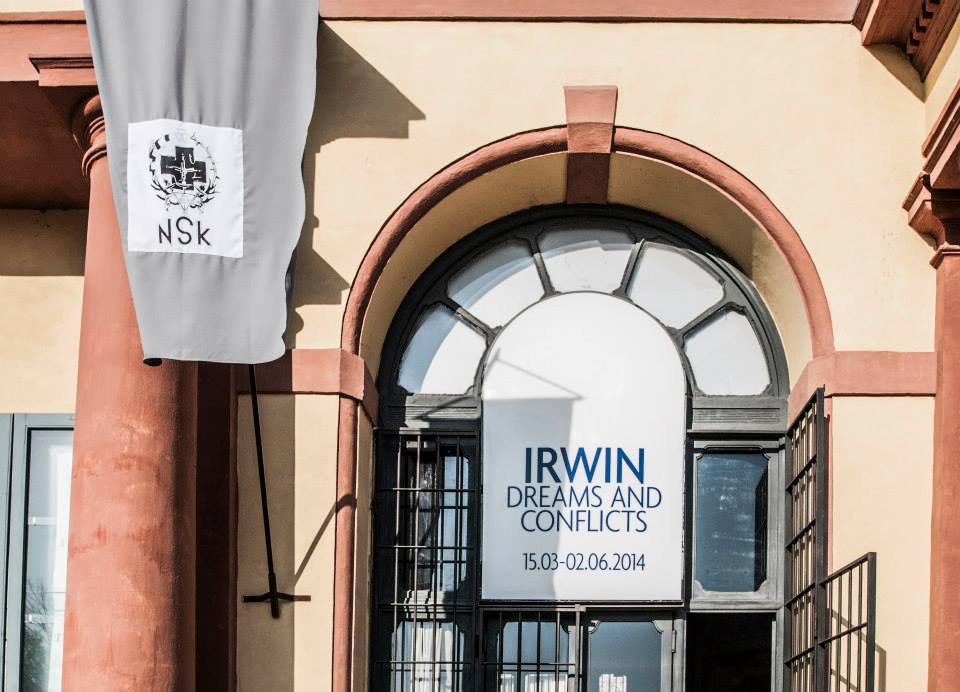
Works include “Mystery of the Black Square”, (1995), a photograph by Andres Serrano depicting the five exponents of the Ljubljana underground scene who in 1983 founded the IRWIN collective, each sporting Malevič’s famous black square in lieu of a moustache; “Dreams and Conflicts” (2003) shot for the 50th edition of the Venice Biennale, the video “Black Square on the Red Square” (1992-1997) documenting a performance in the Red Square in Moscow; and “Rekapitulacija”, an installation created in collaboration with Michelangelo Pistoletto in 2000.
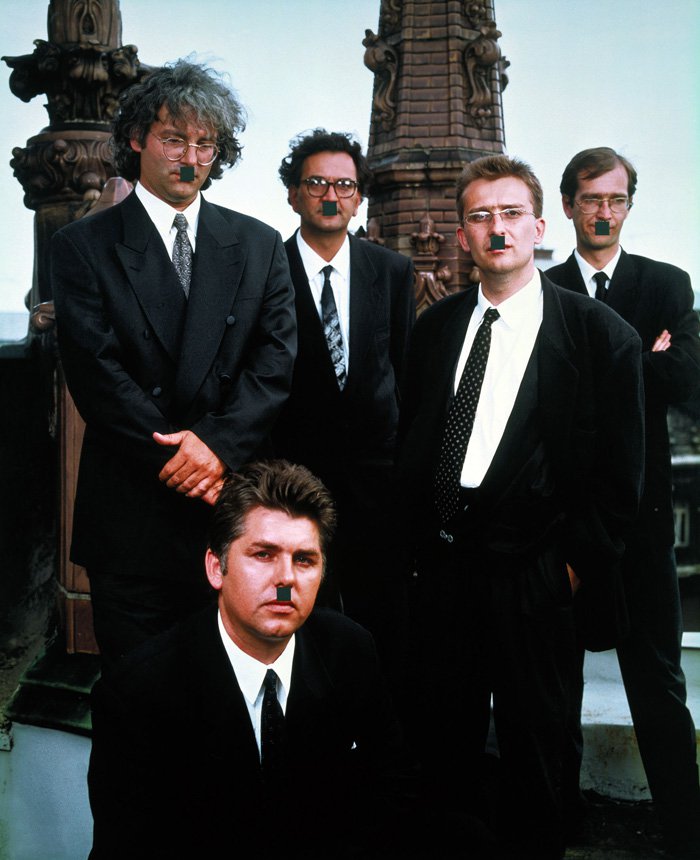
 Irwin, “Mystery of the Black Square”, 1995
Irwin, “Mystery of the Black Square”, 1995
Everything revolves around NSK State in Time, a state on the border between reality, utopia and provocation, a supranational entity, not bound by geographical borders, and based on the free adhesion of citizens, and is expressed through its embassies, consulates and temporary armies. In fact, as part of the exhibition, an NSK State in Time Consulate will be opened, where on Thursdays, Saturdays and Sundays from 4.30pm to 6.30pm, it will be possible to apply for a passport giving the right to add citizenship of the utopic nation founded in 1992 to one’s own.
Just like in other touring ‘passport offices’ opened in the past – among which the first in Moscow in 1992 and that at the MoMA in New York in 2012 – as well as the chance to reflect together on the possibility of a new state, the special opportunity will also be offered here to be able to acquire an alternative citizenship to all those who identify with the constitutional principles of the NSK: equal opportunities, regardless of ethnic or national origins, or sexual or religious orientations.
In order to follow the event, the first stage of an exhibition project held in collaboration with the Kunsthalle Osnabrück (Germany) and the Łaźnia Centre for Contemporary Art in Gdansk where, in 2015, two more exhibitions dedicated to the IRWIN will take place, it will be possible to access the web app follow-irwin.net: a sort of digital diary of what will take place from how on right up to the conclusion of the project when the real catalogue of the event will be published.
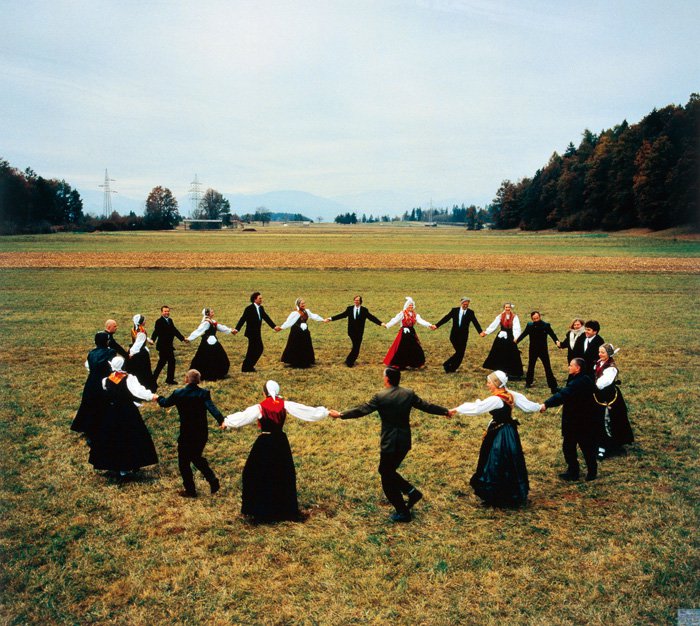
 Irwin, NSK Panorama, 1999
Irwin, NSK Panorama, 1999
For the IRWIN members, symbols may have different effects and connotations in different times and places thanks to the analysis of their origins. Their work, connoted by a sharp sense of humour and a pronounced sense of ambiguity, expresses a complex and subtle connection between art and ideology. In 1984 in collaboration with the music band Laibach and the theatre company Gledališče sester Scipion Nasice, they founded a wide-reaching collective of artists known as the Neue Slowenische Kunst (NSK), i.e. New Slovenian Art, a partnership of artistic groups of multi-disciplinary origins, all in search of a way out of the universe of local art, so closed and self-referential.
After the declarations of independence from the Federal Republic of Yugoslavia by Croatia and Slovenia, Neue Slovenische Kunst founded the ‘Nsk State in Time’ nation in 1992. Instead of being territorially based, the Nsk was founded on a ‘state of thought’, the borders of which might change in relation to the single members of the state. When first created, the ‘Nsk State in Time’ was defined as an abstract organism, a supremacist body within an actual socio-political space, driven by a movement of the spirit and the work of the single members.
After 20 years, the number of citizens in possession of the Nsk State in Time passport is over 14,000 – made up first and foremost of members of the art world but not only – who never tire of reflecting on a new state, a better state, one in which we may perhaps find a little happiness. IRWIN has taken part in projects presented at Manifesta, the Venice Biennale and at the MoMA in New York.
